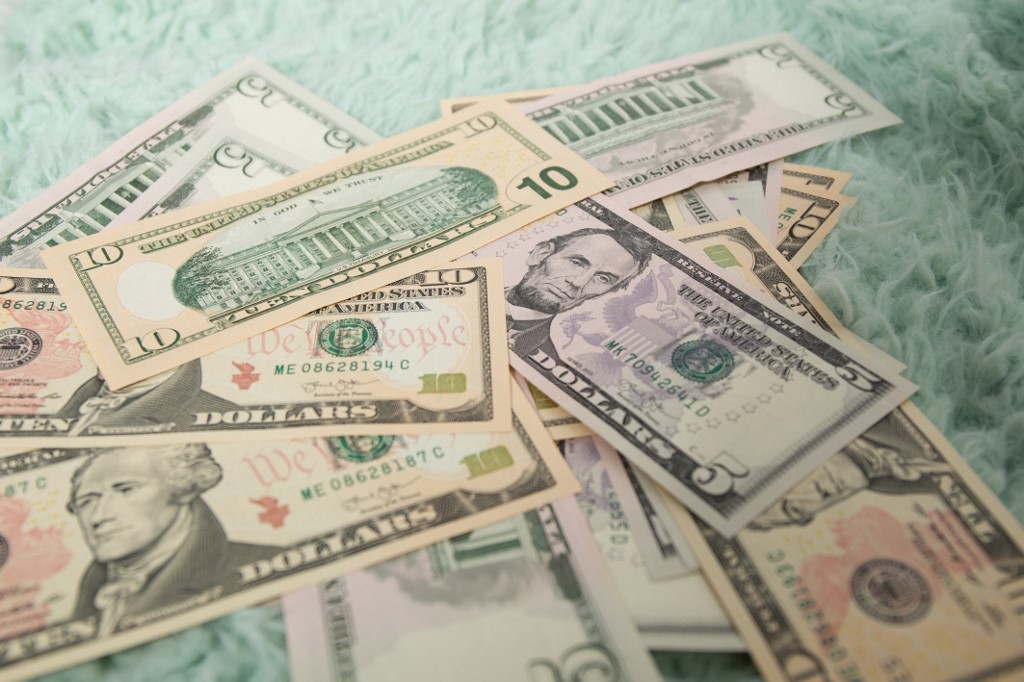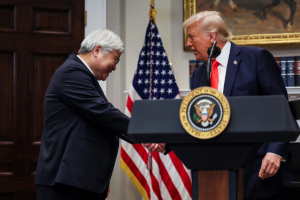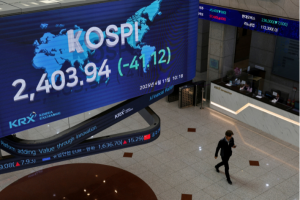Investors betting on ‘trends’ have been disappointed over the last four years.
After rallying by 30% between mid-July 2014 and December 2016, the US dollar has been range-bound. It weakened in 2017 but it rebounded strongly in 2018, consolidated in 2019 and, after an initial rally in 2020, it is finishing the year on the weaker side.
So are we going to see the dollar rebounding in 2021 or is ‘trend-following’ going to work this time?
Read more: Walmart teams up with TikTok to sell merchandise on livestream
We believe that the dollar will remain weak into 2021, for three reasons.
First, powerful policy easing by the US Federal Reserve has resulted in the dollar losing its interest-rate advantage.
The implications are significant. Hedging costs defined simply as the interest-rate difference were quite large prior to 2020 – about 3% for European and Japanese investors.
Hedging costs are currently almost non-existent. This is likely to lead to both European and Japanese investors further increasing hedge ratios for their dollar-denominated assets and puts additional downward pressure on the dollar.
FISCAL STIMULUS
Second, further fiscal stimulus in response to Covid-19 will lead to rising budget and current account deficits in the US. This is likely to weigh on the dollar in the long term. The selection of Janet Yellen as the next secretary of the Treasury suggests even stronger cooperation with the Fed. Furthermore, remember that Yellen was one of the leading doves at the central bank.
Third, we believe the dollar is still overvalued. The dollar is at the late stage of the third bull market since the 1970s. It is only likely to shine in the case of a significant equity market correction, triggered either by disappointment on the Covid vaccine front or a lack of US fiscal stimulus.
However, investors betting on large moves might be disappointed again. While we believe that the dollar will weaken in 2021, the magnitude of the move might be less aggressive than expected by many and sharp pullbacks remain likely.
SHORT STRATEGY
A simple static dollar short strategy might be less profitable than expected. A short position established at the start of 2020 against an equally weighted basket of G10 currencies would have made about 3% by the end of November, but experienced a drawdown of about 12% or four times the return.
A significant dollar sell-off is only likely when other major central banks start raising interest rates and we experience a monetary policy divergence against the US dollar.
Such a scenario is improbable as interest rates are likely to remain close to zero across developed markets for a prolonged period. Monetary policy convergence is the name of the game and choppy markets could persist for longer than expected.
We believe an active strategy remains necessary in the foreign exchange markets.
























